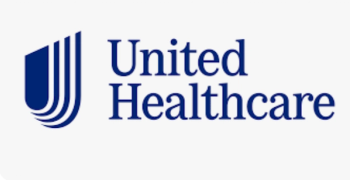
Members confused by EOB
EOBs must explain benefits to members and offer them ways to make smart decisions about their healthcare choices
What members actually want is concise, explanatory coverage-related information at their fingertips, in an easy-to-read format. Several health plans have taken the challenge and exceeded member needs through extensive reorganization of content in documents.
In Pittsburgh, UPMC Health Plan measures the success of its recently redesigned EOB based on call volume to member services coming in from any of its 1.4 million members.
"The number one basic request from calls received prior to the updated statement roll-out was, 'How much do I owe? '" Locy says. Upon reading the statement, plan members had no idea how the financial responsibilities worked out, he says.
Revised EOB components include a new placement of the summary, header information, total charges, as well as direct question-and-answer elements such as, "How much did the health plan pay?" and "How much are you responsible for?" The revision improved previous statements that had smaller type and less clear organization. In the new format, standard CPT coding also includes a small narrative associated with each procedure code so members understand the significance of each.
UPMC is under way in efforts to move toward all digital documentation and establish a paperless system. Members would then have full access to their EOBs online.
Already, UPMC, with its current technology capabilities, can offer a mirror image of the paper version of the explanation of benefits on an online portal.
"Our member portals are the gateway to everything in our health plan," Locy says.
The goal is to generate a more robust remittance with interactive elements. Members can click hyperlinks to each service line, each provider and each procedure for more information. The portal is dynamic, allowing members to see all claims that incurred their deductibles, according to Locy. While the portal is currently operational, it is the plan of UPMC to eventually eliminate the paper versions of EOB statements.
Ingrid Lindberg, customer experience officer who joined CIGNA in late 2007, learned a valuable lesson when reviewing members' "pain points," or problem areas with regard to communications with members.
When Lindberg arrived at CIGNA, the company did a "touch-point map"-a flowchart of member concerns and the interaction CIGNA has with them. What rose to the top, according to Lindberg, was language.
Lindberg says the explanation of benefits was really all about language-the language of CIGNA, or the health plan's internal use of medical terms, many of which were unfamiliar to its members. The plan discovered a list of more than 285 words and acronyms that members did not often understand.
"A lot of people thought 'provider' referred to insurance," she says.
In one instance, Lindberg cites a conversation involving a professional with a PhD. He was puzzled by the word "coinsurance." He believed coinsurance was supplemental insurance provided for free by CIGNA.
"We just take for granted a term like 'coinsurance' is understood," Lindberg adds.
She says key staff quickly discovered that no one was benefitting from the information provided in the EOB.
"The explanation of benefits was not explaining benefits very well, resulting in the individual having to call up the service center often," she says.
Not to mention, CIGNA leaders weren't all too sure that "EOB" itself was a widely recognizable acronym outside the company walls.
Newsletter
Get the latest industry news, event updates, and more from Managed healthcare Executive.




